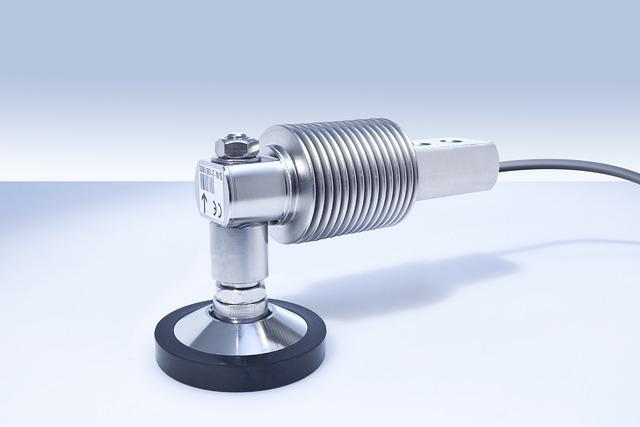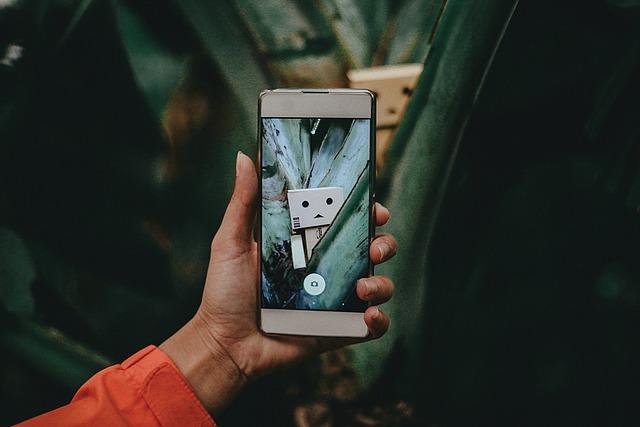In the realm where imagination meets reality, motion capture stands as a bridge, seamlessly merging human movement with digital artistry. This innovative technology, often hidden behind the curtain of cinematic magic, transforms actors into fantastical creatures, superheroes, and animated beings, infusing them with lifelike nuances and emotions. “” delves into the intricate dance between sensors and software, exploring how this marvel of modern science captures the essence of movement, allowing storytellers to craft worlds where anything is possible. Join us as we unravel the secrets behind the dots and wires, and discover how motion capture breathes life into the characters that captivate our screens.
Understanding Motion Capture Technology and Its Evolution
The journey of motion capture technology is a fascinating tale of innovation and adaptation. Motion capture, often referred to as mocap, has revolutionized the way we bring digital characters to life, transforming static models into dynamic beings. Initially, this technology was cumbersome, requiring actors to wear bulky suits adorned with reflective markers. These markers would then be tracked by an array of cameras, capturing every nuance of movement. However, as technology advanced, the systems became more refined and less intrusive, allowing for greater freedom of expression.
Today, motion capture has evolved into a sophisticated blend of hardware and software. Modern systems utilize optical tracking, inertial sensors, and even machine learning algorithms to enhance accuracy and efficiency. Key developments include:
- Markerless Capture: Eliminating the need for suits, this method uses cameras and software to track motion directly.
- Real-Time Processing: Enabling instant feedback and adjustments, streamlining the creative process.
- Facial Capture: Capturing subtle facial expressions to enhance character realism.
These advancements not only enrich the storytelling in films and video games but also open new possibilities in fields like sports analysis, healthcare, and virtual reality.

Exploring the Role of Sensors and Cameras in Precision Tracking
In the intricate dance of motion capture, sensors and cameras play a pivotal role, weaving together the fabric of digital realism. These technologies form the backbone of precision tracking, ensuring every subtle gesture and nuanced movement is faithfully recorded and translated into the digital realm. Optical sensors capture movement through markers placed on the performer, while inertial sensors provide data on acceleration and orientation, creating a comprehensive map of motion.
- Optical Cameras: Capture the spatial position of markers using infrared light, allowing for high-fidelity motion tracking.
- Inertial Sensors: Measure the performer’s motion without external references, ideal for capturing fast or complex movements.
- Depth Cameras: Offer additional layers of data by capturing the depth of each movement, enhancing realism.
By harnessing these technologies, animators and developers breathe life into characters, transforming raw motion into compelling digital performances. The seamless integration of sensors and cameras in motion capture not only amplifies realism but also expands the boundaries of creative storytelling.

From Dots to Digital: Transforming Data into Lifelike Animation
In the realm of animation, the journey from static dots to vibrant digital characters is nothing short of magical. Motion capture technology meticulously maps the movements of real actors, translating them into lifelike animations that breathe authenticity into digital creations. This process begins with placing reflective markers on key points of the actor’s body. As they perform, a network of cameras tracks these markers, capturing every nuance of motion. The data collected is then fed into sophisticated software that transforms these dots into a digital skeleton, providing a foundation for animators to work their magic.
The transformation doesn’t stop there. Using advanced algorithms, these skeletal frameworks are layered with textures and details, bringing the character to life. Consider the following elements that contribute to this digital metamorphosis:
- Realistic Movement: The subtlety of human motion is captured with precision, from the flick of a wrist to the shift of weight in a stride.
- Emotion and Expression: Facial capture technology adds another layer, ensuring that characters not only move but also express with human-like emotion.
- Seamless Integration: Animators seamlessly integrate these digital beings into diverse environments, crafting scenes that captivate audiences worldwide.
This convergence of technology and artistry is what makes modern animation truly extraordinary, transforming mere data points into characters that resonate with viewers on a deeply human level.

Best Practices for Successful Motion Capture Sessions
Achieving a seamless motion capture session requires a blend of preparation and precision. Preparation is key; ensure that all equipment is properly calibrated and functioning. This includes checking cameras, sensors, and the software interface. A well-prepared environment minimizes technical hiccups that can disrupt the flow of creativity.
Communication with the talent is equally important. Provide clear instructions and maintain an open dialogue to ensure comfort and understanding. Encourage performers to wear appropriate clothing, such as tight-fitting garments, to avoid interference with markers. Here are a few additional tips to consider:
- Environment: Keep the capture space free from obstructions and reflective surfaces.
- Markers: Ensure markers are securely attached and easily visible to the cameras.
- Testing: Conduct test runs to troubleshoot any potential issues before the actual session.

